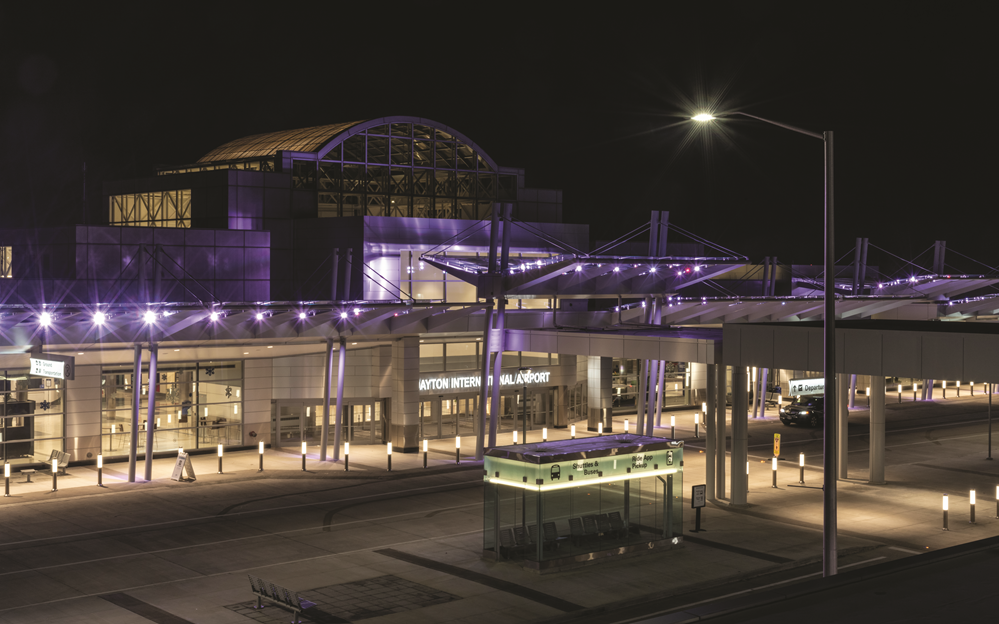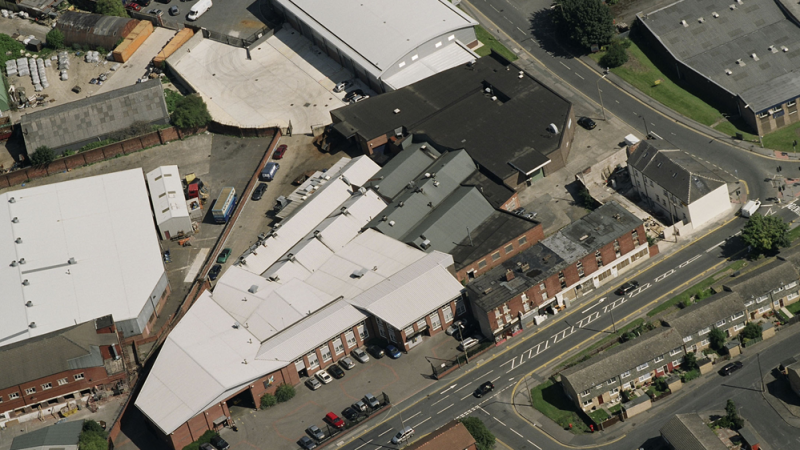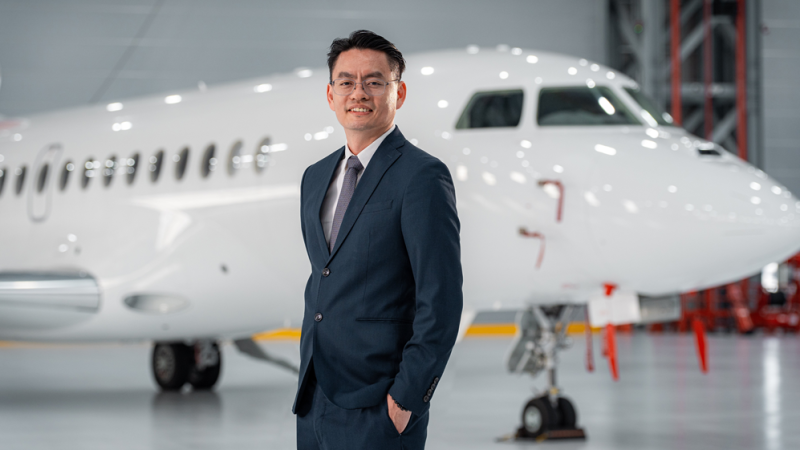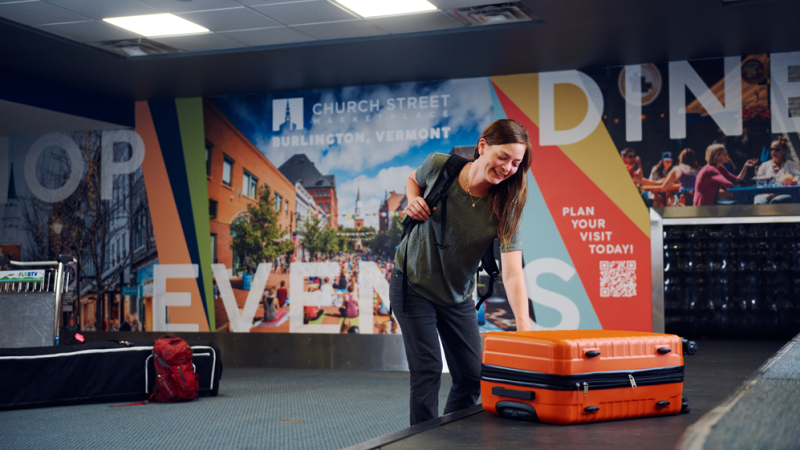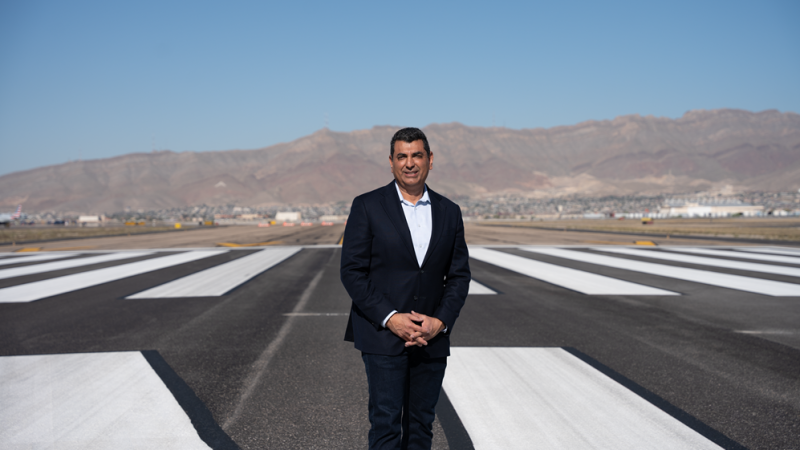Flight is an integral part of the City of Dayton’s identity. Hometown of iconic American aviators the Wright Brothers, the Ohio city is known as the “Birthplace of Aviation”. Even the flag of Dayton that flutters above City Hall was inspired by the location’s remarkable relationship with flying. As well as a patch of blue sky, the flag features an abstract take on the Wright Flyer, the first powered airplane to achieve sustained flight.
Modern aviation in Dayton revolves around Dayton International Airport, a small hub airport in Southwest Ohio, owned and operated by the City of Dayton. The facility is located a short distance from Wright-Patterson Air Force Base and close to the “Crossroads of America” – a populous area of the country that presents Dayton International with both challenges and opportunities.
“Dayton International Airport sits between two major cities,” explains Director of Aviation Gil Turner. “We’re just north of Cincinnati and just west of Columbus – both of which have major airports – so we have had to focus on what differentiates us. Our great selling point is convenience. You can park in the garage, walk over to the ticket counters, check in, and be at your gate in less than 20 minutes.”
Dayton International’s emphasis on convenience is encapsulated by the airport’s slogan: ‘easy to and through’. It is a core part of a larger effort to create a more pleasant and personal alternative to Dayton International’s larger local rivals.
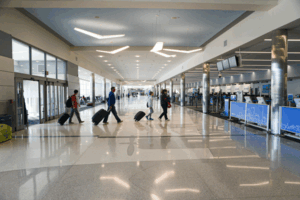
“We have a lot of amenities here. From checkpoints and lanes that move people through the airport quickly, to a restaurant that serves food from the first flight out until the last flight in,” Gil reports. “We also have covered parking for around 1400 cars, with about 5000 spaces in total.”
Over the past five years, Dayton International has invested over $45 million in its terminal. Improvements have included new terrazzo flooring, windows to increase natural light, more energy-efficient HVAC systems, and a modified garage with improved access to rental cars.
“We wanted this terminal to be a beautiful space for the community,” Gil declares. “We’ll be making even more improvements in the future, including a refurbishment of Concourse B. Work on improving our elevators and escalators is underway as we speak.”
Ongoing upgrades to the in-terminal experience at Dayton International complement what is already a high-functioning hub for aviation. American Airlines, Delta Airlines, United Airlines, and Allegiant Air all serve the airport, with Wright Bros. Aero and Premier Aviation acting as its fixed-base operators. In 2024, around 645,000 passengers made use of Dayton International, travelling to major destinations like Dallas-Fort Worth, Philadelphia, Chicago, Atlanta, Denver, New York City, and Orlando.
“Back in 2012, 1.4 million passengers used our airport,” Gil reveals. “We lost a large chunk of that number during the Covid-19 pandemic, when visitors dropped by almost 90%. We’ve slowly rebuilt our customer base since then, growing back to nearly 650,000, and our goal is to bring that annual figure back to the 1.4 million mark.”
To support its users, Dayton International boasts three runways – one of which is close to 11,000 feet in length and capable of accommodating any size of aircraft that might land or take off in the city. The airfield recently received a boost in the shape of a $14-million investment to replace its aging centre ramp.
“It was an AFA-funded project that saw us replace around 54,000 square-yards of concrete,” Gil notes. “We were able to get that done during the pandemic, which worked out very well because traffic was down so a project that normally would have taken three years took only around a year and a half.”
As well as a popular passenger airport, Dayton International is a focal point for Ohio business. Several organisations have taken up locations onsite in recent times, including the Sierra Nevada Corporation (SNC) and Joby Aviation.
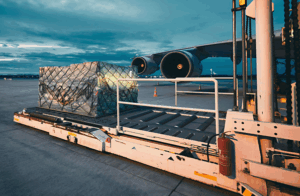
“Sierra Nevada is a military defense contractor that was recently awarded a large contract with the federal government to modify Boeing 747s into Survivable Airborne Operations Aircraft,” Gil states. “That work is being done here at Dayton International Airport.
“Joby Aviation is a company manufacturing aircraft that take off and land vertically,” the Director of Aviation adds. “They’ve already leased one facility at the airport, and they plan to add more in the future, but right now, they’re just working on building their aircraft.”
By providing a quality service for its passengers and supporting some of the USA’s most pioneering aviation firms, Dayton International is furthering the City of Dayton’s proud legacy of flight. For Gil, the goal now is to help the airport capitalise on its strengths, enhancing its status as an aviation gem of the Gem City and a true alternative to its bigger Ohio rivals.
“We are competing with Columbus and Cincinnati, so my goal is to keep the airport’s operating costs low, keep the rates we charge low, get more skilled employees on board, and bring passenger levels back over one million. We will try and attract the low fare carriers that people want, and continue to offer a great customer experience – from free Wi-Fi to low parking costs – at a clean, modern terminal.
“Ultimately though, it will be convenience that sets us apart,” Gil remarks. “Dayton is not a very large city, but we can connect you to all major US hubs, including Denver International. We’re easy to and through, and you’re only ever one connection away from your destination. People want to fly from Dayton. They fly from this airport because they love it.”
